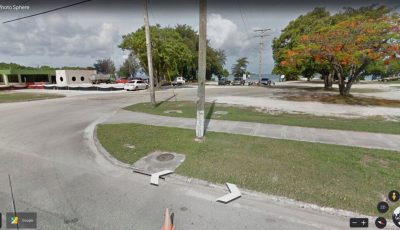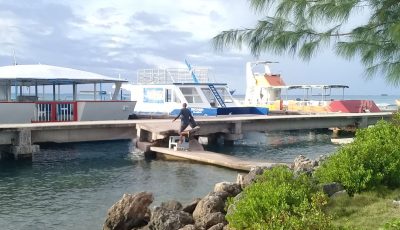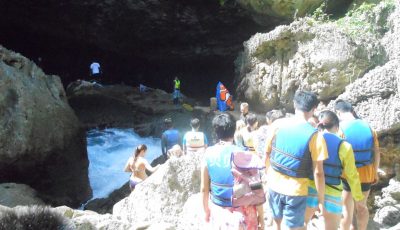Efforts underway to ‘translocate’ native birds to Guagan
The preservation of native birds in the Northern Marianas was discussed at the Saipan Rotary Club weekly meeting held last Tuesday at the Hyatt Regency Saipan.
CNMI native birds like the Fruit Dove and the Rufous Fantail are at risk of extinction. The Department of Land and Natural Resource took it upon itself to call for assistance in re-stabilizing the population of these native birds by seeking partnership again with the Pacific Bird Conservation.
Pacific Bird Conservation president Peter Luscomb enlightened Rotary Club members that the non-profit is assisting DLNR through the Mariana Avifauna Conservation plan.
The MAC plan is a program that deals with the translocation of certain species of birds to uninhabited islands.
Translocation is done to insure that there will still be native birds for generations to come. Translocation, according to Luscomb, is the capturing of birds and manually migrating them to an uninhabited island within the bird’s native region.
According to Luscomb, 50 birds of each species will be translocated to the island of Guguan.
The process of translocating these birds will start with capturing them from Saipan. Luscomb said it takes two weeks straight to capture the amount of birds that they need. Because it takes a while to collect all these birds, Luscomb and his team are in charge of handling the birds with care before they are translocated.
After capturing the birds, Luscomb and his team tag the birds with a band around their ankles and different color combinations of bands so that DLNR and local biologists who will be studying the birds and their progress can tell each bird apart.
Once the birds have been tagged and are secured in their temporary cages, Luscomb and his group will transport them by boat to the island of Guguan where they are set free. Once all of that has been done, the rest of the team that are enlisted to carry out the rest of the project will do their part. Guguan is located 125 nautical miles north of Saipan.
According to Luscomb, the team that will be carrying out this project will consist of Luscomb’s team members, field workers of DLNR, one veterinarian, a bird keeper, and a couple of local biologist that will record the progress of these birds.
DLNR will be there to ensure that the birds are safe from people or any animal that may cause the birds distress.
Veterinarians will be there to make sure none of the birds are injured from the trip and will make trips consistently to ensure that the birds are healthy.
Bird keepers are there to make sure that the birds have all that they need to live off of Guguan and that they re-populate.
Biologists will be there to study the progress of the bird’s re-population.
Luscomb said it will take roughly about $100,000 to carry out the entire program and another $25,000 to cover the Pacific Bird Conservation team’s lodging and food.
The team will carry out the program starting next week, May 2.



























